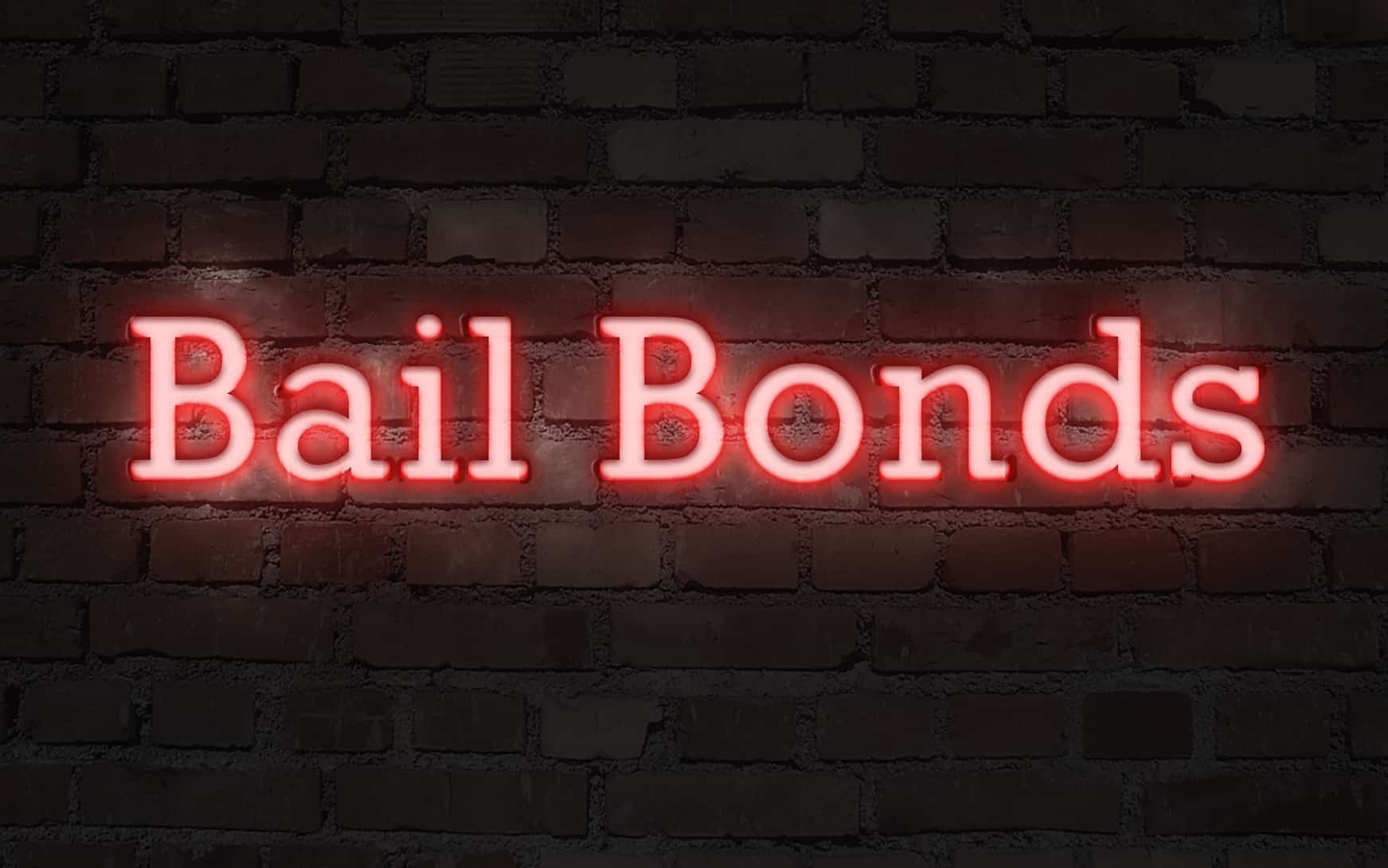Comprehending Your Legal Rights When Utilizing a Bail Bondsman
Comprehending Your Legal Rights When Utilizing a Bail Bondsman
Blog Article
Comprehending the Basics of Bail Bonds: What You Need to Know
Navigating the complexities of bail bonds is a necessary element of the lawful system that can significantly influence the implicated's trip via court process. The ins and outs of just how bail bonds run, the different types offered, and the critical factors to consider in picking a trustworthy bail bondsman can be intimidating.
What Is Bail?
Bail is a financial plan that permits an individual charged of a crime to be launched from custodianship while waiting for test. The key objective of bail is to ensure that the offender shows up for future court process (Bail Bondsman). Typically set by a judge, the bail amount differs relying on the nature of the criminal activity, the offender's criminal history, trip risk, and various other important factors
When bail is given, the charged or an agent has to pay a defined sum, which may remain in cash or with a bail bond. In many cases, bail can be denied altogether, specifically for severe offenses or if the suspect postures a significant danger to public safety and security. The idea of bail is rooted in the presumption of innocence, reinforcing the idea that people should not be punished before a conviction.

Understanding Bail Bonds
A bail bond is a financial instrument that assists in the release of an implicated person from custody, serving as an assurance for their look at future court days. This setup permits offenders to preserve their liberty while waiting for test, lowering the problems linked with imprisonment. The bail bond process normally includes a third-party firm, referred to as a bondsman, who gives the needed funds to the court on behalf of the implicated.
Bail bonds can be found in different types, consisting of guaranty bonds, building bonds, and cash money bonds, each with unique needs and effects. Guaranty bonds, the most usual kind, require an exceptional payment, generally a percent of the overall bail quantity, which is non-refundable. On the other hand, a residential property bond entails making use of property as security, while cash money bonds require the complete bail quantity to be paid in advance.
Comprehending the nuances of bail bonds is important for defendants and their households. It is important to grasp the possible monetary implications, including fees and responsibilities to the bail bondsmansman, as well as the lawful responsibilities linked to guaranteeing court appearances. Expertise of these elements help in making educated decisions throughout a challenging time.
Just How Bail Bonds Work
The process of safeguarding a bail bond commonly includes a number of key actions that guarantee the implicated can reclaim their liberty while awaiting trial. At first, the specific or their depictive calls a bondsman, who evaluates the situation and the linked threats. The bail bondsman will certainly need information regarding the implicated, including the fees, the bail amount set by the court, and any relevant personal information.
When the bondsman agrees to offer the bond, the accused or their representative must pay a non-refundable fee, normally a portion of the overall bail quantity. This cost makes up the bail bondsman for handling the monetary risk of guaranteeing the accused shows up in court. Sometimes, security may likewise be required, such as home or useful possessions, which works as safety and security for the bond.
After the fee and any kind of security are prepared, the bail bondsman submits the essential documentation to the court. Upon authorization, the bail is uploaded, and the implicated is released from safekeeping. It is important for the accused to follow all court days and problems, as failure to do so can bring about the forfeiture of the bond and potential lawful consequences.
Sorts Of Bail Bonds
Various kinds of bail bonds are readily available to fit different situations and demands. One of the most usual type is the guaranty bond, where a bail bondsman guarantees repayment of the full bail quantity to the court in exchange for a non-refundable cost, normally around 10% of the bail. This setup allows offenders to secure their release without paying the whole bail upfront.
Another type is the cash money bond, which needs the defendant or a co-signer to pay the full bail amount in cash straight to the court - Los Angeles Bail Bondsman. This alternative is frequently preferred for reduced bail amounts, as it makes sure the cash is returned upon the offender's appearance in all court proceedings
Residential or commercial property bonds entail using realty as collateral. In this instance, the court places a lien on the building, which can be forfeited if the accused stops working to appear.
Lastly, government bail bonds are especially designed for federal instances, typically entailing greater amounts and additional complexities. Understanding these various bail bond types is important for defendants and their family members in making informed decisions throughout a tough time.
Picking a Bondsman
When choosing a bondsman, it is necessary to think about a number of crucial variables that can influence the general experience have a peek here and end result. Initially, review the bail bondsman's online reputation by researching on the internet reviews and acquiring referrals from trusted sources. A reputable bail bondsmansman will have a history of professionalism and trust and successful cases.

A lot of bail bondsmen charge a non-refundable charge, typically around 10% of the bail amount. Openness in rates is a characteristic of a credible bail bondsman.
Conclusion
Bail serves as a financial guarantee of court appearance, while different kinds of bail bonds cater to different scenarios. Recognizing the functional systems of bail bonds and selecting a credible bail bondsman can substantially affect the overall experience.
The complexities of just how bail bonds look these up run, the various types offered, and the critical considerations in choosing a credible bail bondsman can be intimidating. The bail bond procedure typically involves a third-party business, understood as a bond bondsman, that provides the necessary funds to the court on part of the charged.
The most usual kind is the guaranty bond, where a bond bondsman warranties payment of the full bail quantity to the court in exchange for a non-refundable fee, normally around 10% of the bail. Bail serves as a monetary assurance of court appearance, while various types of bail bonds cater to different scenarios. Comprehending the operational systems of this article bail bonds and choosing a credible bail bondsman can substantially affect the total experience.
Report this page